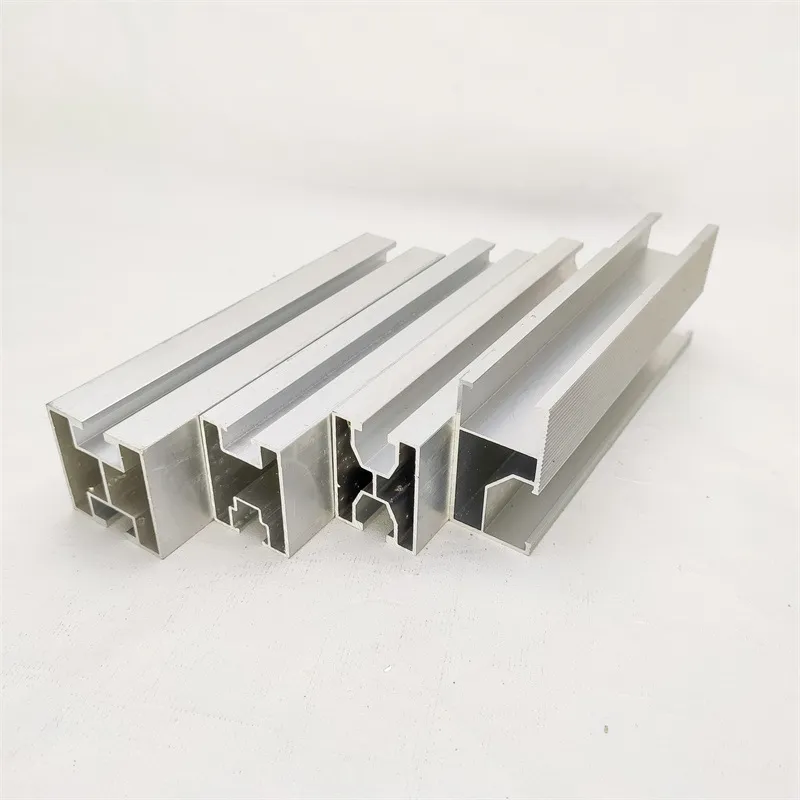

Fastener Design Solutions | Custom Fasteners for Every Application
Eyl . 08, 2024 12:14 Back to list
Fastener Design Solutions | Custom Fasteners for Every Application
Understanding Fastener Design A Key to Engineering Success
Fasteners are essential components in various engineering applications, acting as the invisible glue that holds different parts together. The design of fasteners is a crucial aspect that engineers must consider to ensure the reliability and efficiency of structures and machinery. This article explores the fundamentals of fastener design and its significance in various industries.
The primary function of a fastener is to secure components of a structure, ensuring they remain fixed under various conditions. Fasteners come in many forms, including bolts, screws, nuts, washers, and rivets. Each type provides specific advantages, which makes understanding their properties and applications critical for effective design.
One of the first considerations in fastener design is the material selection. Fasteners can be made from metals, plastics, or composites, each offering different strength, durability, and corrosion resistance. For instance, stainless steel fasteners are often chosen for their strength and resistance to rust, making them ideal for outdoor applications. In contrast, lightweight materials like aluminum are favored in aerospace applications where weight reduction is crucial.
fastener design

Another vital aspect of fastener design is the loading conditions they will experience. Engineers must analyze the loads—such as tensile, shear, and torque—that a fastener will encounter during its service life. This analysis ensures that the fastener can handle the stresses without failing. The choice of fastener type, size, and thread design plays a significant role in this analysis.
Furthermore, fasteners must be designed with precision and tolerances in mind. Improperly designed fasteners can lead to issues like loosening or stripping, which can compromise the integrity of the entire assembly. Therefore, engineers often utilize advanced computer-aided design (CAD) software to simulate various scenarios and predict how fasteners will behave under different conditions.
Additionally, the installation process of fasteners should not be overlooked. Proper installation techniques, such as the use of torque wrenches or adhesive compounds, can significantly enhance the performance and longevity of fastened joints.
In conclusion, fastener design is a critical element that influences the performance and durability of countless applications in engineering. By understanding the materials, loading conditions, precision, and installation techniques, engineers can select and design fasteners that ensure safety, reliability, and efficiency. As technology continues to advance, the field of fastener design will evolve, leading to even more innovative solutions in the engineering landscape.
Latest news
-
Hot Dip Galvanized Bolts-About LongZe|High Strength, Corrosion Resistance
NewsJul.30,2025
-
High-Strength Hot Dip Galvanized Bolts - Hebei Longze | Corrosion Resistance, Customization
NewsJul.30,2025
-
Hot Dip Galvanized Bolts-Hebei Longze|Corrosion Resistance&High Strength
NewsJul.30,2025
-
High-Strength Hot-Dip Galvanized Bolts-Hebei Longze|Corrosion Resistance&High Strength
NewsJul.30,2025
-
Hot Dip Galvanized Bolts-Hebei Longze|Corrosion Resistance&High Strength
NewsJul.30,2025
-
Hot Dip Galvanized Bolts - Hebei Longze | Corrosion Resistance, High Strength
NewsJul.30,2025

